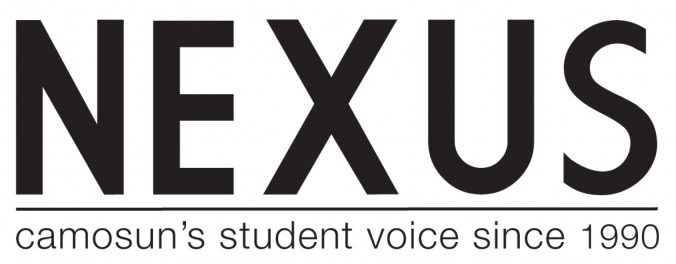If you’re a gender-diverse or disabled student at Camosun, good luck finding an appropriate bathroom. Our so-called “accessible bathrooms” are proof that accessibility for some is not necessarily accessibility for all. Bathrooms should be boring, but on the Lansdowne campus, they feel like a nightmare.
Let’s start with accessibility. Most of our “accessible” bathrooms are catered toward mobility-based disabilities, which, don’t get me wrong, is great to see—I was pleasantly surprised to see a lift in the Fisher building. But, beyond that is chaos. Between the dreaded tri-combo soap/faucet/hand-dryer contraption that confuses everyone, the auto-flush toilets so sensitive they’ll flush three times before you even sit down, and the toilet-paper dispensers too close to the ground and so far away, you’d think that these decisions were made by someone who had never used a bathroom before. These aren’t just small inconveniences, they’re actual barriers.
Then there’s the toilet paper itself. You know the kind I mean—cheap, scratchy, rough as all hell. It’s no one’s favourite, but for students who suffer from GI issues such as Crohn’s disease, IBS, hemorrhoids, and fissures, this stuff feels like actual sandpaper. I’ve had to start stashing rolls of toilet paper in my locker like it’s 2020 all over like again. That shouldn’t be a part of student life.

Now let’s talk about gender-neutral bathrooms.
Look, just like accessible bathrooms, these are not optional, they’re essential. So, I guess it makes sense that they decided to opportunistically merge the two together (much like I’m doing here!). However, this really makes them feel like an afterthought. I mean, most only have a single stall, and more often than not, it’s already occupied when you need it.
This scarcity creates a harsh reality for us non-binary students: hold it and wait, try to make it to another building and hope that stall is free, or choose between two gendered bathrooms, which can often feel extremely dysphoric, and, at times, even unsafe.
Now, add disability into the mix, and it only gets worse. Longer waits, less dignity, and more valuable class time wasted. “Intersectionality” isn’t just a buzzword or a key term on a sociology quiz—it’s a reflection of the lived experience of students on this very campus.
I know that adding this kind of infrastructure isn’t cheap—but Camosun made a commitment to inclusion and accessibility and haphazardly meeting this promise with such a basic requirement is not honourable. Don’t get me wrong, it’s great that we have the options we currently do have. But let’s be honest: if we can find the money for sports and recreation, we can find the money for bathrooms that actually work for the people who need them.
In 2016, Camosun added its first gender-neutral bathrooms. They were ahead of the curve on this, and yet, in the years that followed, no effort seems to have been made to keep up with demand and continue the work that was started nearly 10 years ago. A handful of gender-neutral bathrooms is better than none, but it feels to me like Camosun made those changes, and said “alright, we’re done.” But the work of inclusivity should never be finished. If we can’t even get our bathrooms right, what does that say about our commitment to accessibility and inclusion as a whole?
Bathrooms should not be battlegrounds. They should not be places where students strategize about toilet-paper quality or time their bladders around class schedules and building layouts. They should be boring, forgettable, and ordinary experiences. But until Camosun treats inclusive, functional bathrooms as the standard—not the exception—they’ll continue being political.
